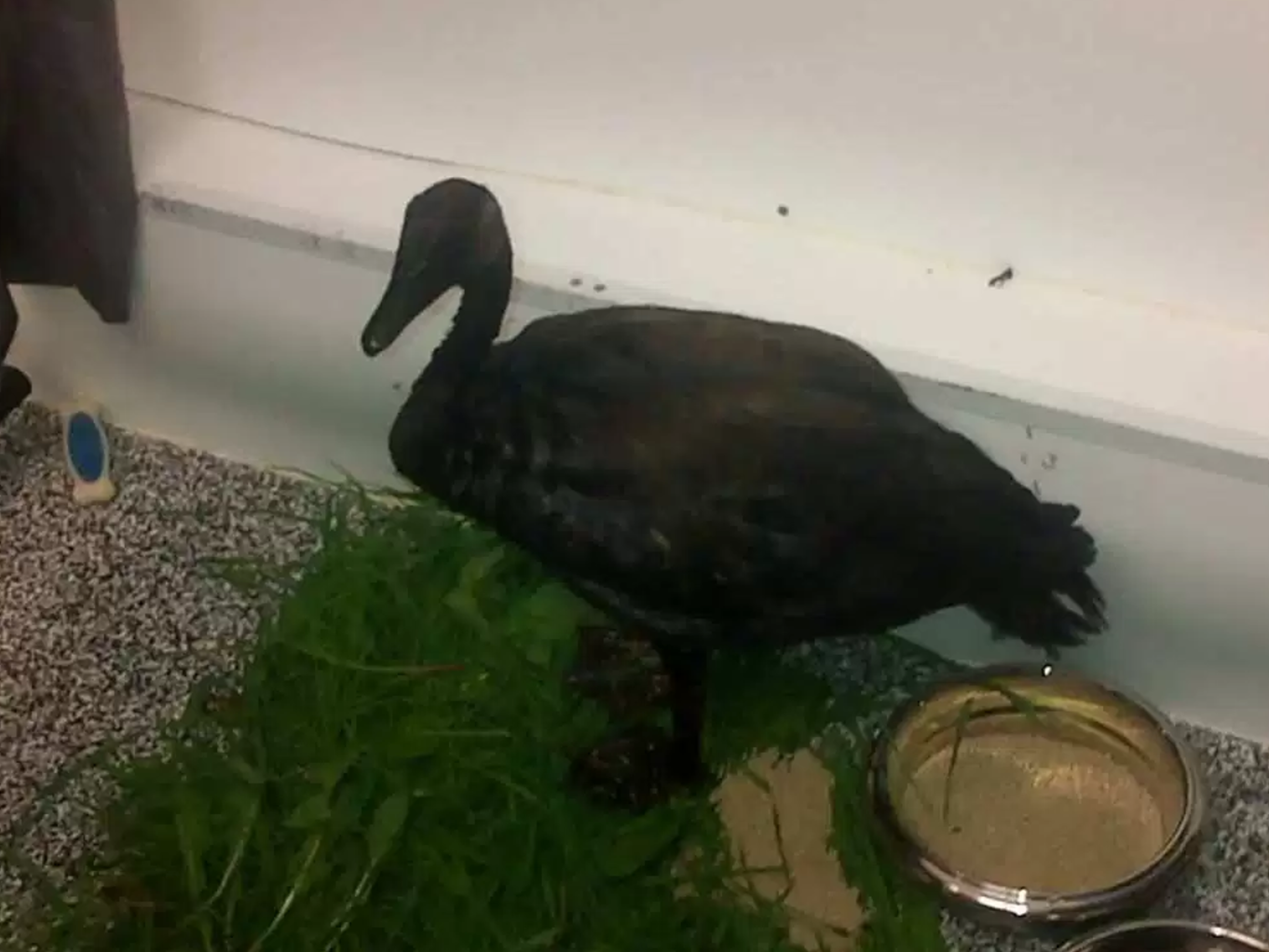Articles Menu
One year after a pipeline spill contaminated the North Saskatchewan River and cut off drinking water supplies for tens of thousands, the company at the heart of the catastrophe says it never wants this to happen again.
But as Husky Energy attempts to turn the page on the disaster, those attempting to look back at what went wrong may actually find that some pages were deleted.
By Elizabeth McSheffrey
There is certain information about Husky Energy’s catastrophic oil spill in Saskatchewan last summer that you won’t find on the company’s brand new website.
How many beavers, fish and birds died. How many communities lived under emergency water restrictions while oil and foam washed up on their shorelines.
How much of the North Saskatchewan River — a drinking water source for thousands — was contaminated after the company’s pipeline spilled more than 200,000 litres of heavy oil and diluent into its waters in July 2016.

That information is nowhere to be found on Husky’s colourful new domain, which replaced the old tan-and-blue website in the months following the pipeline disaster.
After spill cleanup wrapped up for 2016, the Calgary-based energy company pulled down all spill updates and water quality reports from its website. Husky said it removed them “as they no longer provided the most up to date information,” and that it continues to report all updates to the appropriate regulators, which share that information with the public.
In the wake of the disaster, the company said it followed all the government rules on public reporting. But some oil and gas industry observers question why Husky removed details about the impacts of the spill from its own website, less than one year later.
While the information is accessible to anyone who searches for it on the Saskatchewan government's website, a number of critics told National Observer that both the province and the company need to be more open and transparent about what happened.
They also argue that even though there are no rules requiring Husky to keep the information about the disaster online, the company has an ethical obligation to ensure people are informed, from shareholders to staff to neighbours.
In addition to the deleted spill information, a National Observer investigation has revealed that not all of information on the oil spill reached communities affected by the 2016 disaster. Documents obtained through access to information legislation point to a portfolio of details that appeared to slip through under the radar — beginning with an official state visit to China by the prime minister of Canada.
. . . . . . . . . . . . . . .
Trudeau's briefing notes 'very troubling'. . . . .
[See full report with original article]